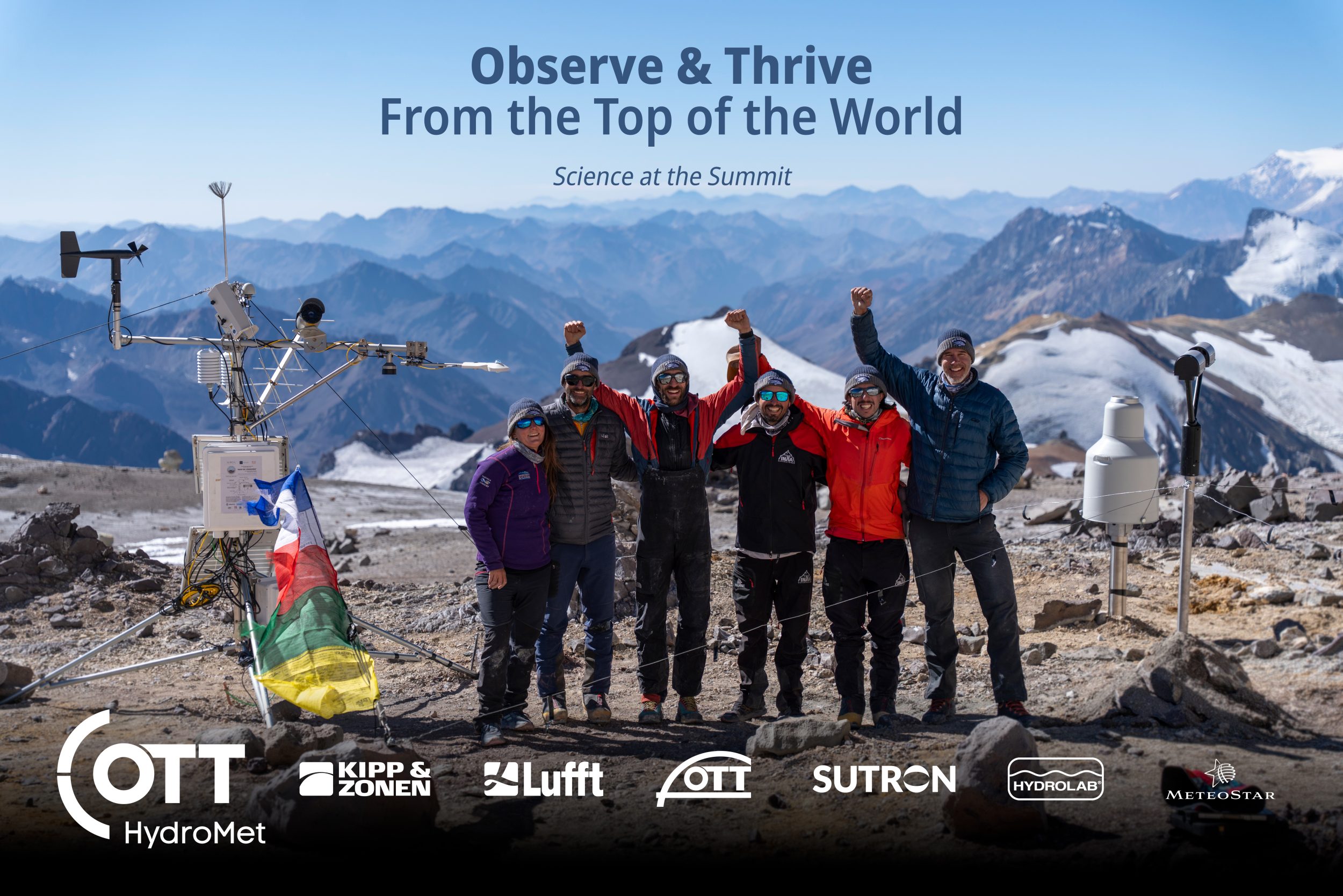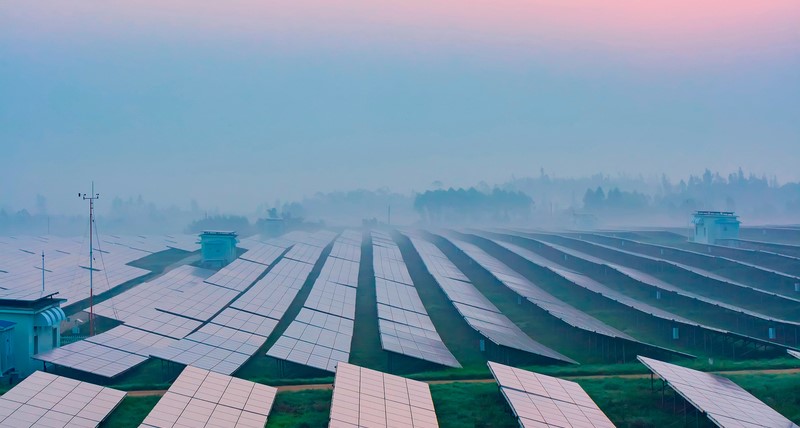Road weather sensor MARWIS + ambient weather sensor = complete ice warning systems on four wheels – this is the equation of the so-called “Ice Cars” which are already on the road both in Germany and South Korea. How something like this looks exactly and what it is capable of you can read here in the blog post…

MARWIS, VS20 and WS500 on “Ice Car” in South Korea, photo: New Airport Highway Co., Ltd
With the mobile road sensor MARWIS we’ve transformed vehicles into mobile road weather stations. Most stationary measuring systems are also equipped with weather sensors for detecting the environmental conditions in order to take all factors into account that may affect driving safety. They often communicate with variable message signs that reduce the speed limit or alerts on traffic signs in the event of dangerous road weather conditions.
Particularly heavy rain, strong winds, which can cause snow and sand drifts, or even a low sun are a challenge for car and truck drivers. The mentioned factors not only obstruct the driver’s view but also reduce tire grip, causing dangerous lengthening of braking distances.
In order to supplement road sensors particularly all-in-one weather sensors detecting all environmental factors, that are required or relevant for the transport safety are appropriate. For this purpose, for instance, the Lufft WS600-UMB weather sensor for measuring temperature, humidity, air pressure, wind and precipitation can be the right choice. If you want to add a global radiation sensor to these measurements, the Lufft WS700 comes into consideration. If also flashes of lightning need to be recorded, the WS800 Weather Sensor is a suitable WS. For the visibilty measurement we offer the VS20-UMB sensor.
Since these were only used stationary so until recently, we wondered whether these environmental sensors can also be used mobile; the idea of “Ice Cars” was born. Since then, our system partner MICKS deals with this question extensively and has even two versions of it on the road already. Another model is applied in South Korea and was designed by our sales partner ELP.
The main components of one of the two Ice Cars in Germany are
- the mobile road sensor MARWIS
- a WS301–UMB for measuring temperature, relative humidity, air pressure and radiation
- an ANACON–UMB analog digital transmitter
- and a NR Lite radiometer from Kipp & Zonen to measure irradiance.
In the cockpit of the car, a tablet delivers the data for the road weather evaluation. The second model consists of
- a MARWIS
- a WS500–UMB to detect temperature, humidity, air pressure and wind
- two ANACON converters
- and a CNR 4 Net radiometer from Kipp & Zonen.
The third vehicle in South Korea is operated by the New Airport Highway Co., Ltd. and consists of
- a MARWIS
- a WS500–UMB
- the VS20–UMB visibility sensor
- a DGPS receiver for exact location determination
- a data logger
- and an Apple iPad to display the data in real time.
The company is responsible for the weather monitoring on the 37 km long expressway between Seoul and Incheon International Airport, on which there is also a large bridge. Bridges don’t allow the installation of invasive road sensors due to the necessary ground depth. Especially on bridges critical road weather states such as strong winds, fog and ice occur more often than on paved roads. This problem can be solved by means of a mobile station perfectly.
Further benefits of the mobile SWIS (Road Weather Information System) are obvious: The Ice Car users can monitor and evaluate the current road weather in the form of thermal mapping in real time. This closes the gaps between stationary measurement spots. No critical measurement points or microclimates which are spots with e.g. higher water films, more ice or snow than on other route sections will be undetected any longer. And all this is now possible without installation and maintenance effort – even on bridges.
Further links:
- The compact weather sensors family from Lufft
- Further information about the mobile road sensor MARWIS
- ANACON product information
- VS20-UMB visibility sensor


